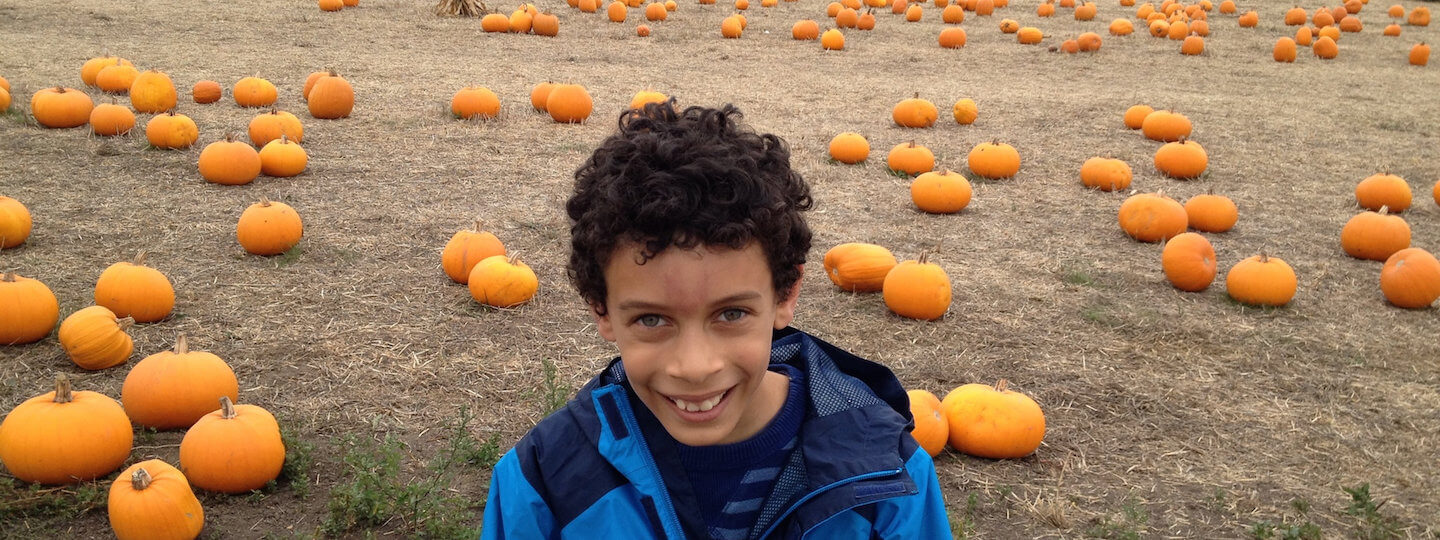Don’t Ask “What” My Child IsPosted in Articles, Family/Parenting, Media Archive, United States on 2015-02-28 03:30Z by Steven |
DAME
2015-02-11
The writer is White. Her husband is Black. And there are many people who feel entitled to accost the couple with unsolicited opinions about their biracial son.
“Mommy, I’m almond, you’re white chocolate, and Daddy’s dark chocolate.” Talking about sunblock with my 6-year-old son, Carter, had turned into a discussion about skin color, and I guessed correctly that his kindergarten class was talking about it, too.
I’m White, and by husband is African American. Before Carter was even conceived, I started reading books about raising biracial children I fully expected a child of ours would look more like Jeff. I braced myself for people mistaking me for an adoptive mom or a nanny.
Then I had a nearly ten-pound baby boy with pale skin, a head full of silky black curls, and my dark-blue eyes down to the same golden streak in the left one. It had never occurred to me that the opposite would happen: People would mistake Jeff’s White friend as Carter’s dad.
Carter’s striking eyes and soft curls get lots of random attention. Without asking, strangers often touch his hair. (As a toddler, one day, he got so tired of saying “Thank-you” to people who complimented his curls, he simply said, “I know.”)…
Read the entire article here.


